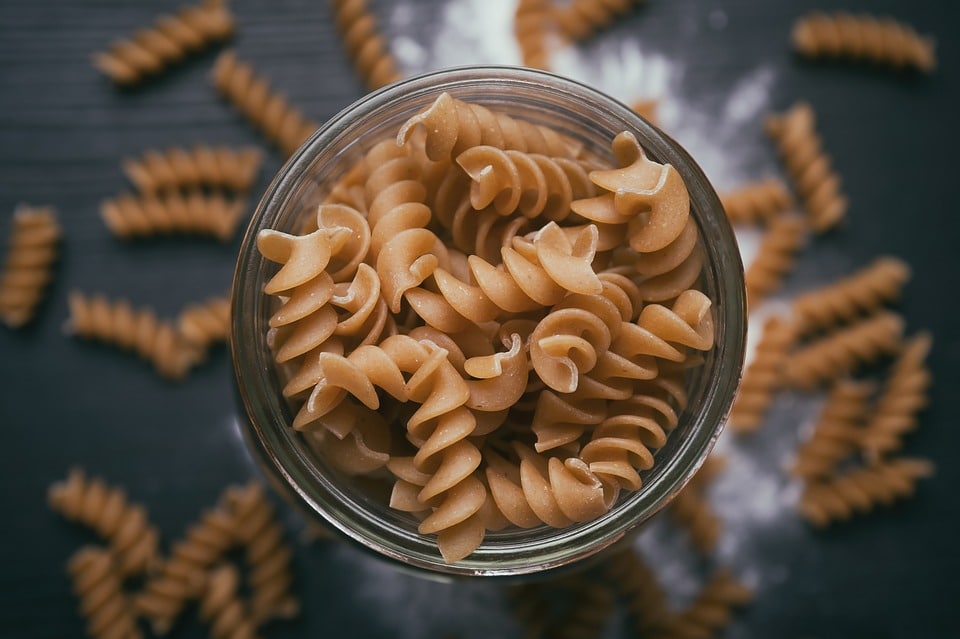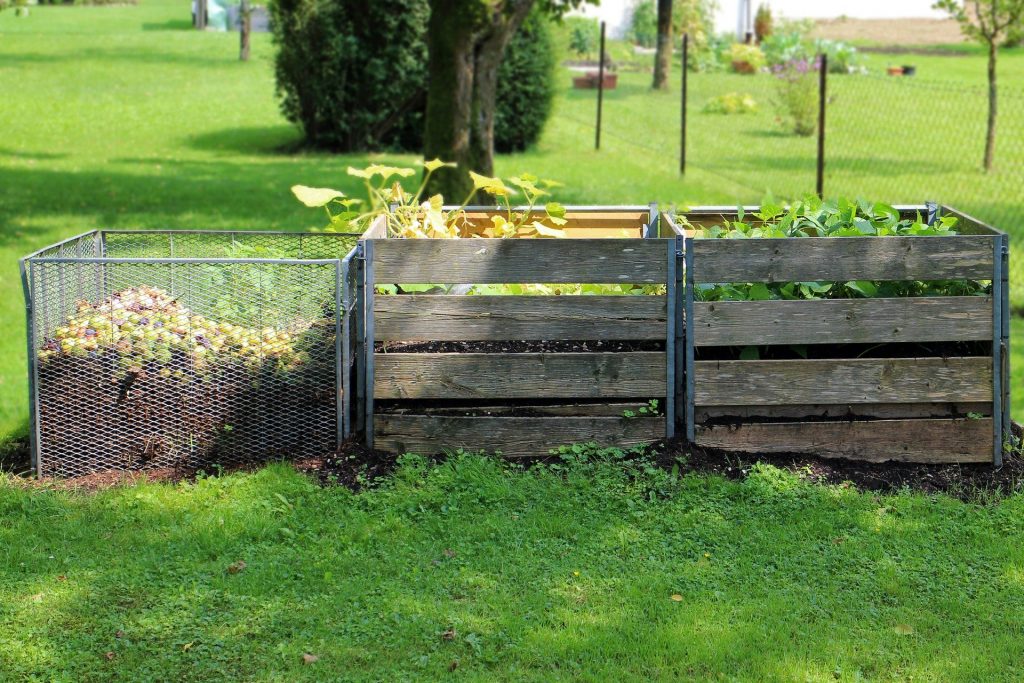[Article updated on 19/09/2023]
What is “Responsible Dietetics”?
HAS In my opinion, this is a real concept. He did not escape person that it is necessary to act for the protection of the environment without further delay. Yes, but despite all the will that you can have, you do not necessarily know by what get started and how to go about changing your habits and your daily life.
There’s has two rooms in a house that generate a lot of waste : the bathroom and the kitchen! Here I wish you provide the first keys to reducing your waste in your kitchen and allow you to optimize the storage of your cupboards.
Above all, it is essential to change your habits at your own pace: of course, the ideal would be to succeed in putting everything in place overnight… However, shaking up all your habits that have been ingrained for years in the snap of your fingers, it is not so simple. This is why we are going to proceed in stages.

1time step: Take stock of the waste you produce.
There’s There are several types of waste in a kitchen:
- Packaging and overpackaging: do you really need to have cheese in individual portions, wrapped in wax, then in plastic wrap, then in a plastic net? Is whole, “naked” cheese less good? Everything you buy in the supermarket is unfortunately packaged and overpacked when this is rarely necessary. Maybe you also go to the market on the weekend: it’s not always better, with the papers that wrap all the products you buy…
- “Green” waste: This is the waste produced during the preparation of your meals, peelings, carrot tops, broccoli cores, etc. All this waste can be reduced considerably, we will talk about it a little later.
- Waste linked to expired food: supermarkets encourage us to buy in large quantities, with promotions and packs of 24 yogurts, but generally we do not need that much stock for a week and the food gets lost at the bottom of our cupboards and our refrigerator . They end up rotting and being thrown away. It’s really a shame to waste so much food and produce so much waste, don’t you think?
I invite you to do your own assessment over a week: what did you throw away? Could this have been avoided?

2th step: Prepare for change.
You need to start by asking yourself why you want change your organization: is it for the planet uniquely ? Is it to gain visibility in your kitchen ? Is it to achieve a better organization/management of your stocks? Is it to make savings?… Know why you are embarking on this approach is essential: it is what will guide you in your choice and what will help you keep your motivation… because yes, this It’s not always easy to stay motivated if there’s no one around. you don’t have this approach.
To limit your waste, you will have to change your habits and limit the purchase of packaged products. You will therefore need reusable packaging for your shopping and for storing your products at home: old jam or pickle jars will do the job very well at first! Consider equipping yourself with fabric bags for your shopping to replace paper/plastic bags, a shopping bag and glass boxes for fresh produce (cheese and meat). If you are a yogurt consumer (animal milk yogurt or soy yogurt), I advise you to also equip yourself with a yogurt maker, you will make big savings in the long term!
Start reorganizing your cupboards: start transferring your packages of pasta to reusable containers, do the same for flour, sugar, lentils… in short, get rid of the packaging that is cluttering you. You may be surprised by the place you will gain!

3th step: Change!
For reduce your waste production, you will have to change your way of buying, consuming, cooking. This may seem complicated at first, but remember: take the time it will take you to carry out all these changes gradually.
- Take your fabric bags and your shopping bag in a small store selling bulk and/or organic products, or at the market. Use your fabric bags to put your fruits and vegetables, then put products that do not need packaging (cabbage, bunch of carrots, salad, etc.) directly into your shopping bag. Complete your shopping by buying what you need in bulk products using the paper bags at your disposal, while making sure to only buy what you need for one to two weeks maximum in dry products. Have you seen everything you can find in bulk products: pasta, rice, sugar, flour, almonds, biscuits, cake aperitifs… Have you ever noticed all this unnecessary packaging in everyday life? If you take a detour to the bakery, remember to take a cloth bag to put your bread in, you will avoid the disposable paper bag or sheet! Go home, put away your shopping and take stock of your packaging: not bad already, right?!
- Come on, with this first experience, let’s try to go further: in addition to fabric bags and shopping bags, take glass boxes airtight to buy your meat and your cheese (at the market, at your favorite butcher or always in your organic/bulk store): don’t hesitate to ask the traders to use your boxes, they will often be happy to do so. Keep in mind that if you don’t ask for it, you’ll never get it! Complete your collection of fabric bags also to be able to put your dry products in bulk: you will no longer need disposable paper bags! We’re really not bad when we take stock of waste after shopping, right?
- To reduce your green waste, there are many recipes that allow you to use the peelings of fruits and vegetables. Don’t forget that if you buy organic products, you can eat the peelings: no need to peel your carrots or your potatoes to put them in the soup, you can use the tops of many vegetables… You can also equip yourself with a composter to avoid throwing your green waste into the household trash: there are all types of composters, even for apartments (odorless, such as worm composters)! You can also throw in your eggshells, your cardboard boxes (in small pieces and not printed), your paper towels and handkerchiefs (not printed) although there are washable fabric versions…
I hope that my first advice will have helped you to see things more clearly! More articles are coming on the subject! Up to you NOW !
